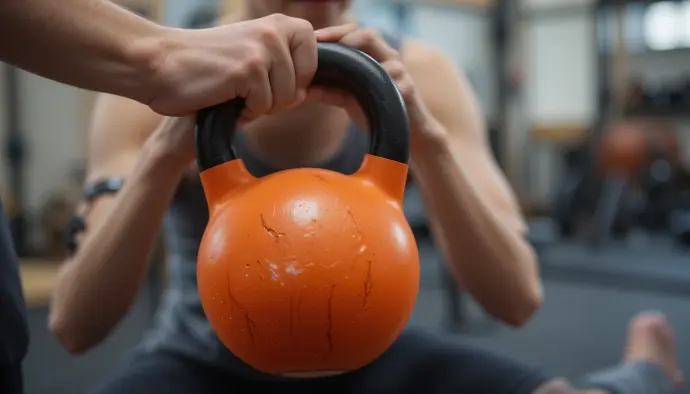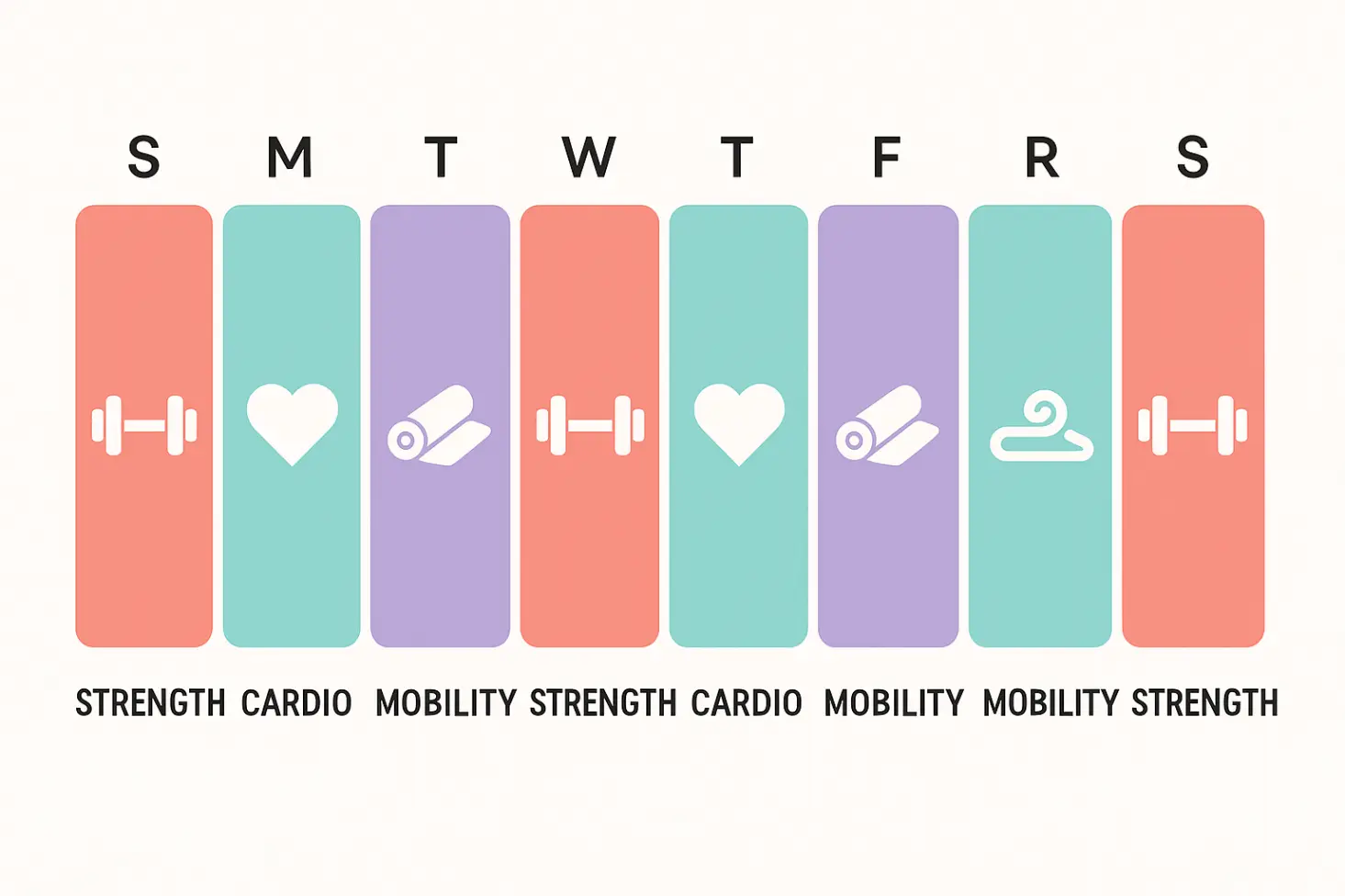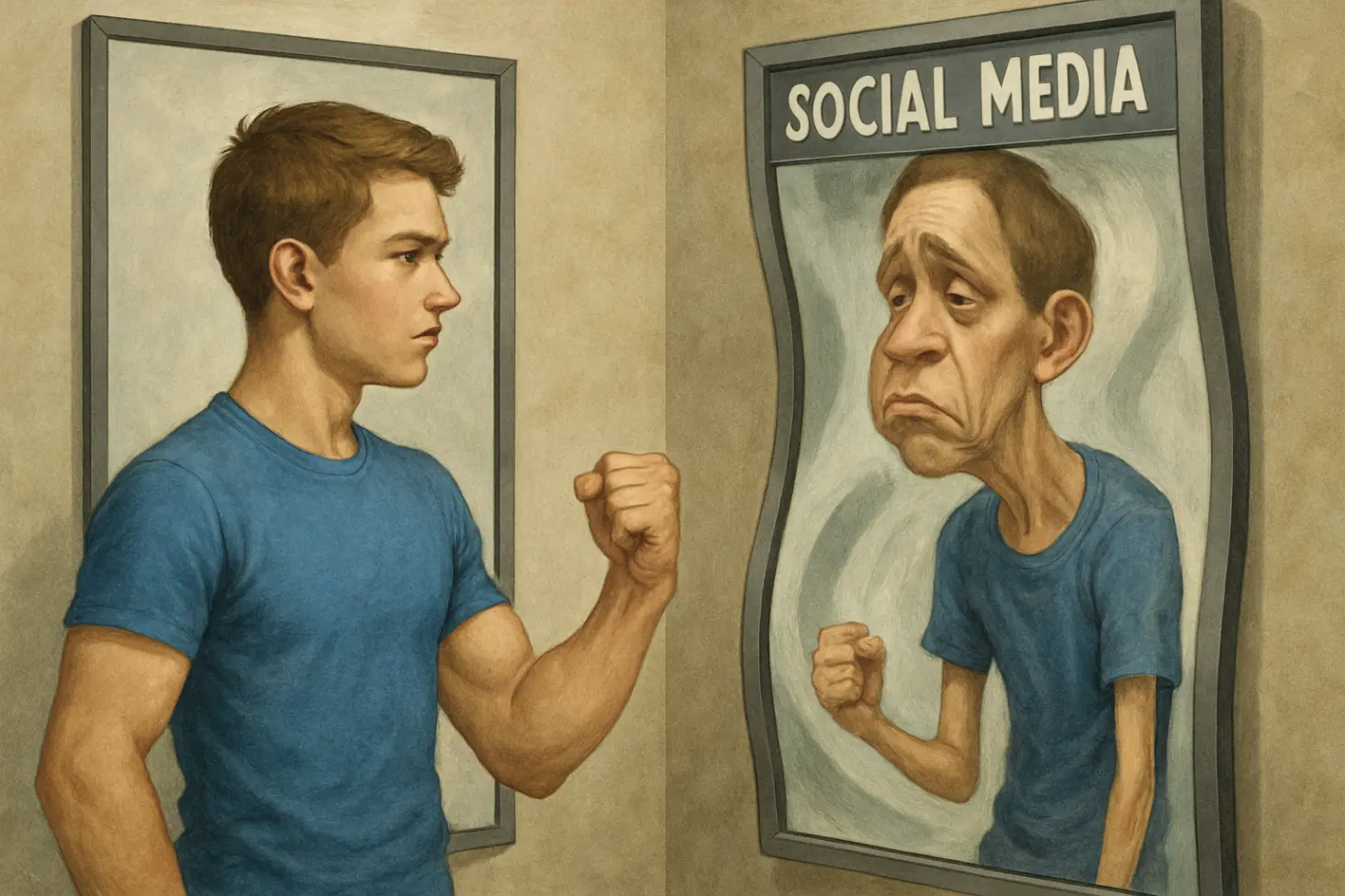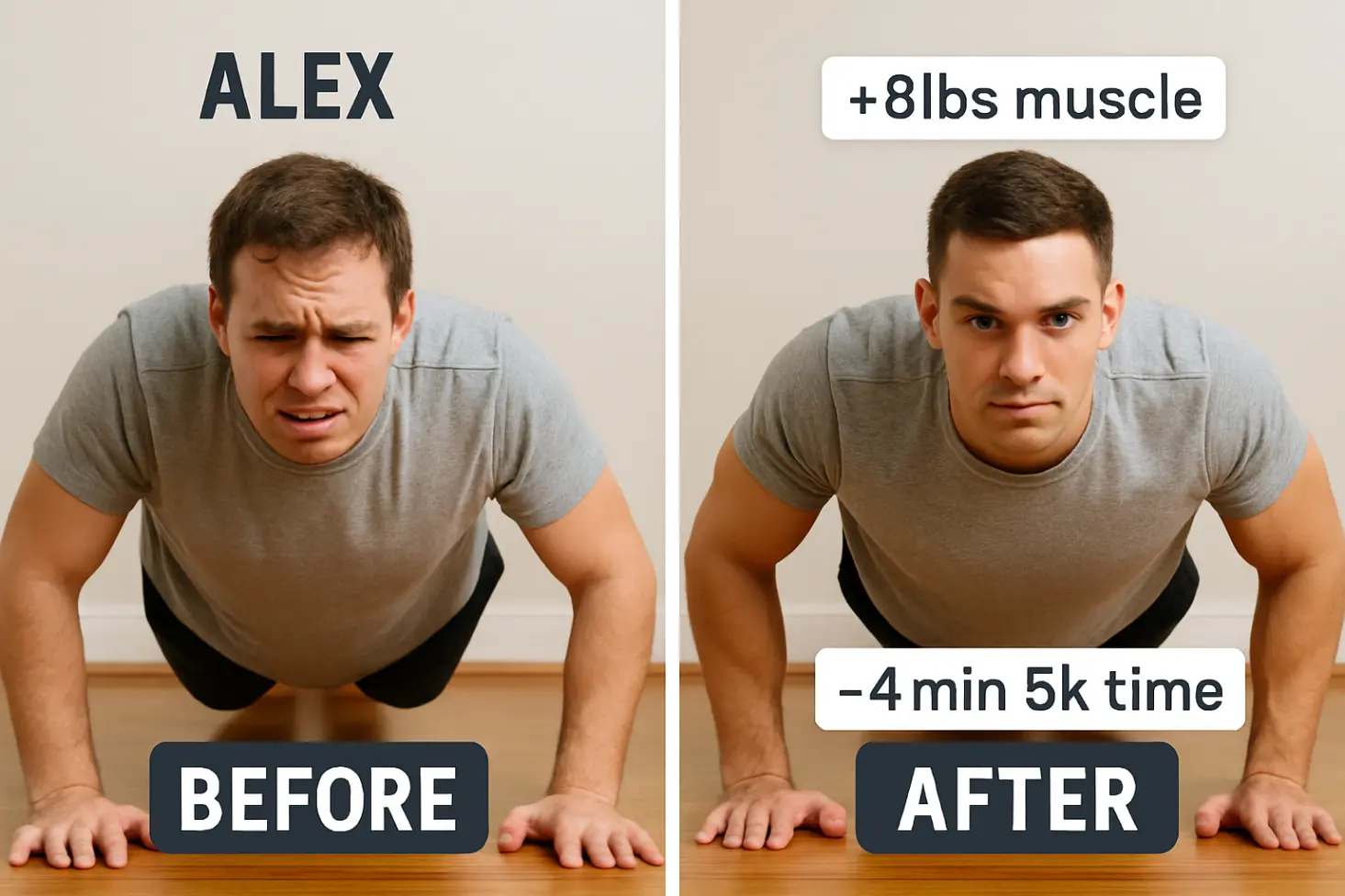The Ultimate Teen Workout Blueprint: Building Strength, Confidence & Lifelong Health
Hey there! If you're a teen looking to get stronger, feel better, and own your fitness journey—or a parent supporting one—you're in the right place. As a fitness coach who’s worked with hundreds of teenagers, I’ve seen firsthand how the right approach to exercise can transform not just bodies, but confidence, focus, and overall well-being. Forget "get ripped quick" schemes or one-size-fits-all plans. Your teen years are a unique window to build a foundation for lifelong health—if you do it right.
Why Working Out as a Teen Isn't Just "Mini-Adult Fitness"
Your body is a construction zone right now. Hormones like testosterone and estrogen are surging, bones are thickening, and your nervous system is rewiring. This means:
You're primed for progress: Teens often see faster strength and skill gains than adults (thanks, puberty!).
Safety is CRITICAL: Growing bones, growth plates, and developing joints are more vulnerable to overuse injuries.
Habits stick: The routines you build now likely shape your relationship with fitness for decades.

A 2022 study in the Journal of Adolescent Health found that teens who engaged in regular, balanced exercise reported 30% lower anxiety levels and significantly better academic focus. But the wrong approach? A 2023 meta-analysis linked excessive specialization and overtraining in youth to higher dropout rates and injury risks.
Pillars of a Smart Teen Workout Routine
Forget extremes. Sustainable teen fitness rests on four pillars:
Strength Training (2-3x/week):
Why: Builds bone density (crucial before age 25!), boosts metabolism, improves posture, prevents injuries in sports.
How: Start with bodyweight mastery! Squats, push-ups (knees or feet), lunges, planks. Form over weight ALWAYS.
Progress: Add light dumbbells/kettlebells or resistance bands only after perfect form. Think: Goblet Squats, Dumbbell Rows, Band Pull-Aparts.

Expert Tip: Dr. Avery Faigenbaum (leading youth strength researcher) states: "Properly supervised strength training is safer for teens than most popular sports like soccer or basketball. It builds resilience."
Cardiovascular Health (3-5x/week):
Why: Boosts heart/lung health, mood, energy levels, and sports endurance.
How: Mix it up! Don’t just slog on a treadmill.
Moderate Intensity (30-60 mins): Brisk walking, cycling, swimming, dancing. You can talk, but not sing easily.
Vigorous Intensity (20-30 mins): Running, sports drills, HIIT circuits (short bursts!). Breathing hard, talking in short phrases.

Example: Monday: 45-min bike ride (moderate). Wednesday: 20 mins of soccer drills (vigorous). Saturday: Hiking with friends (moderate+vigorous).
Mobility & Flexibility (Daily/Every Workout):
Why: Counters screen time/posture issues, improves movement quality, prevents injuries, aids recovery.
How: 5-10 mins post-workout or before bed. Dynamic stretches before activity (arm circles, leg swings). Static stretches after (hold each 20-30 secs: quad stretch, hamstring stretch, chest opener). Yoga is fantastic!
Rest & Recovery (Non-Negotiable!):
Why: Muscles grow and adapt during REST. Growth hormones peak during sleep. Overtraining leads to burnout, injury, and stalled progress.
How: Aim for 8-10 hours of sleep nightly. Take at least 1-2 full rest days per week. Listen to your body – soreness is normal, sharp pain is a stop sign.
Sample Weekly Schedule (Adjustable!)
Monday: Full Body Strength (Bodyweight Squats, Push-Ups, Dumbbell Rows, Plank) + 10-min Mobility
Tuesday: Vigorous Cardio (20 mins HIIT: 30 sec sprint/90 sec walk x 8 rounds) OR Sport Practice
Wednesday: Active Recovery (Light walk, stretching, foam rolling)
Thursday: Full Body Strength (Lunges, Inverted Rows, Glute Bridges, Bird-Dog) + 10-min Mobility
Friday: Moderate Cardio (45-min swim/bike/dance)
Saturday: Sport/Active Fun (Basketball, skateboarding, hiking)
Sunday: Full Rest or Gentle Movement (Walk, stretch)

Real Talk: Avoiding Pitfalls & Staying Motivated
Spot the Red Flags: Avoid programs promising extreme weight loss or "shredding" in weeks. Steer clear of excessive supplements. Nutrition fuels growth: Focus on balanced meals (protein, complex carbs, healthy fats, veggies/fruits), not restrictive diets. Hydrate constantly!
Social Media vs. Reality: Don’t compare your starting point to someone else’s highlight reel. Fitness influencers often have years of training (and sometimes PEDs or editing). Focus on YOUR progress.

Make it Social & Fun: Work out with friends, join a school/club team, try new activities (rock climbing, martial arts, dance). Fun is sustainable!
Track Progress Beyond the Scale: Notice you can do more push-ups? Run faster? Feel more energetic? Sleep better? Lift a slightly heavier weight safely? These are HUGE wins!
The Case Study: Take "Alex," 16. He followed a balanced routine like the sample above, focusing on form and consistency over 6 months. He didn't get "shredded," but he gained 8 lbs of lean muscle, improved his 5k run time by 4 minutes, reported less back pain from sitting in class, and felt way more confident in gym class. That's real success.

Building More Than Muscle: The Lifelong Payoff
Starting smart fitness habits as a teen isn't just about looking good for prom. You're investing in your future self:
Stronger Bones: Peak bone mass is built by your mid-20s. Strength training now significantly lowers osteoporosis risk later.
Metabolic Health: Reduces future risk of type 2 diabetes and heart disease.
Mental Resilience: Exercise is potent medicine for stress, anxiety, and focus.
Body Confidence: Mastering physical challenges builds deep self-trust that spills into every area of life.
The Bottom Line: Your teen workout routine shouldn't feel like punishment or mimic adult bodybuilding. It should be safe, balanced, progressive, and enjoyable. Prioritize movement quality, listen to your amazing, changing body, celebrate small victories, and embrace the journey. You’re not just building a stronger body for today—you’re laying the foundation for a healthier, more vibrant life.
Ready to start? Pick one thing from this article and do it today. Maybe it’s mastering 5 perfect bodyweight squats. Or going for a 20-minute power walk. That first step? It’s the most powerful rep of all.

(Remember: Consult your doctor before starting any new exercise program, especially if you have pre-existing conditions.)